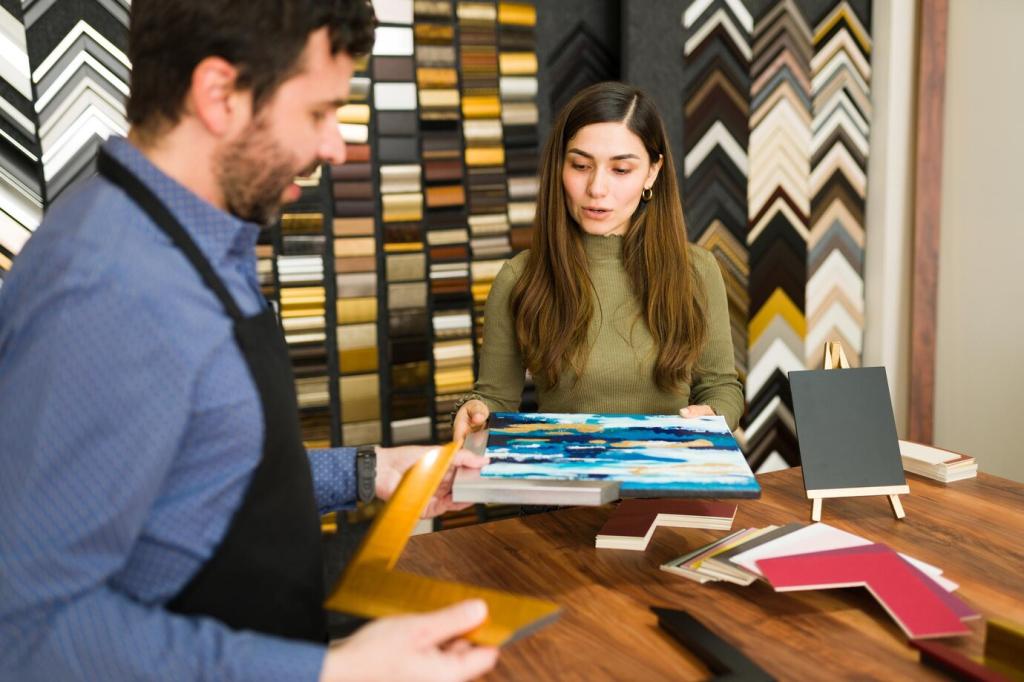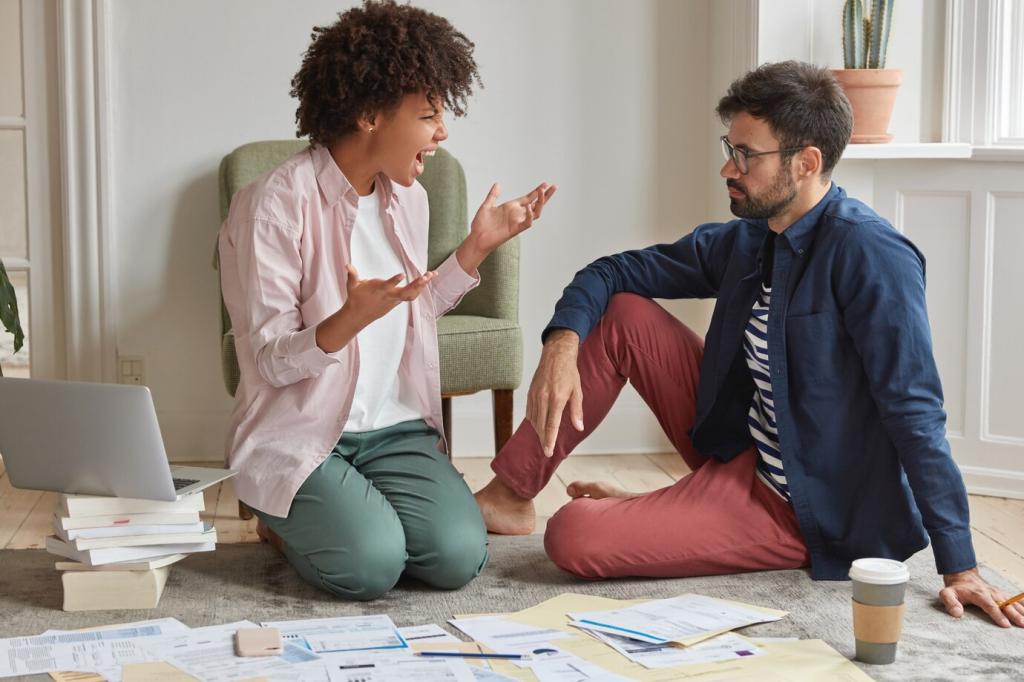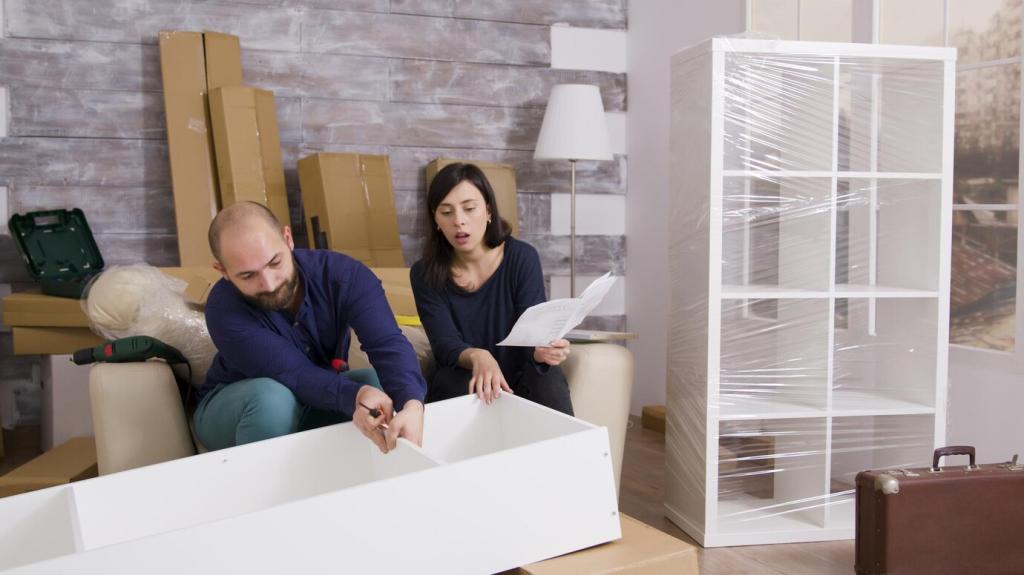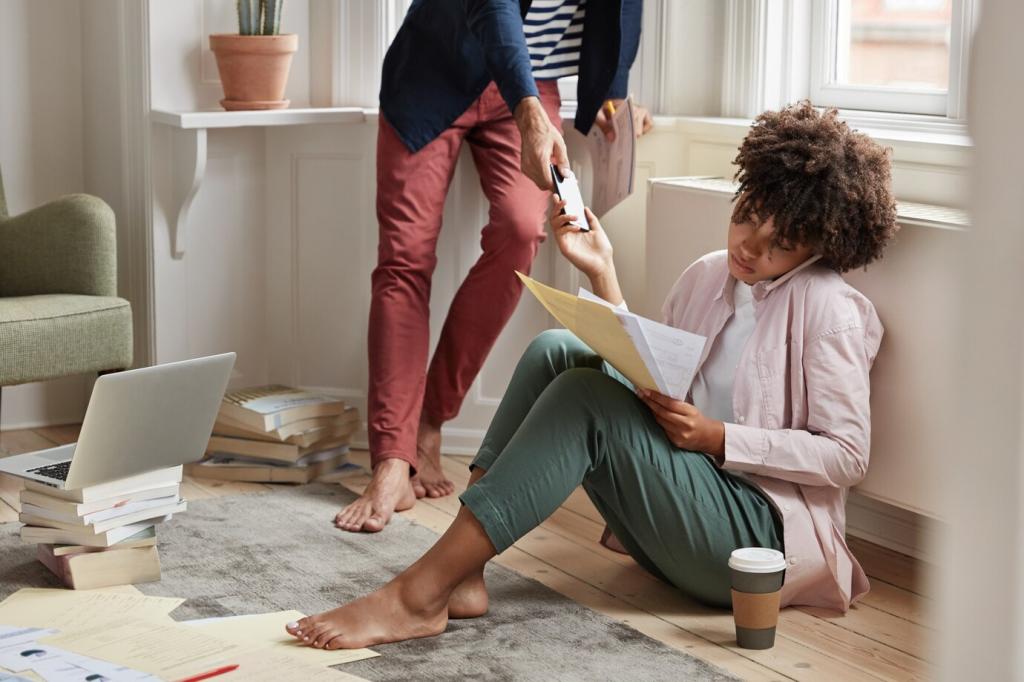
Color Theory in Studio Furniture Selection
Chosen theme: Color Theory in Studio Furniture Selection. Welcome to a vivid, practical journey through palettes, materials, lighting, and psychology—so your studio furniture choices spark ideas, support focus, and reflect your creative identity. Subscribe for palette templates, light-testing guides, and weekly color stories from real working studios.
Color Psychology and Your Studio Workflow
Warm, saturated accents can energize collaborative corners, while cooler, desaturated furniture helps quiet editing or reading areas. Map your workflow, then let color coach each zone. Comment with your most productive hue pairing and tell us where you placed it.
Building a Palette: Neutrals, Accents, and Anchors
Greige, mushroom, and pale ecru frames keep air in small studios, letting books and tools sing without chaos. Choose neutrals with compatible undertones: cool gray pairs better with blue steel shelving; warm taupe favors oak. Share your chosen neutral and why.

Building a Palette: Neutrals, Accents, and Anchors
Accent stools or side tables in saffron, teal, or olive can signal functional zones. Avoid scattershot color; repeat the accent twice for intention. Ask yourself: does this accent direct behavior—stand, sit, store—or simply compete with your main task?
Light Matters: Daylight, LEDs, and Color Rendering
Aim for LED sources with CRI 90+ and solid TM-30 fidelity for accurate color reading. Furniture fabrics shift drastically under poor rendering. If your forest-green loveseat turns muddy at night, your light is lying. Upgrade bulbs before you blame the upholstery.

Materials, Textures, and Finish Sheens
Matte vs. Gloss in Small Studios
Matte surfaces absorb light and quiet reflections, helping concentrated tasks. Gloss enlarges perceived space but can cause visual chatter near screens. If your studio is compact, pick satin for storage fronts and reserve gloss for one sculptural accent piece.




Cultural Meanings and Personal Brand Identity
Red signals luck in some traditions and urgency in others; white can be purity or mourning. If clients visit, consider their contexts. Place culturally sensitive colors in movable pieces—pillows, stools—so you can shift tone gracefully for different sessions.
Cultural Meanings and Personal Brand Identity
Choose three core brand colors and embed them in chairs, storage bins, or trim. Consistency builds recognition on camera and in photoshoots. Share your hex codes, and we will suggest furniture finishes that translate them with believable material depth.


Practical Process: Budgeting, Sourcing, and Sustainable Color
Secondhand Finds, Refinish, and Recolor
Thrifted frames offer structure; your palette supplies the soul. Sand, prime with stain-blocker, and repaint in measured tones. Replace hardware to echo accent colors. Share before-and-after shots, and we may feature your transformation in our next newsletter.
Low-VOC, Plant-Based, and Durable Dyes
Choose low-VOC paints and water-based poly for breathable studios. Natural or solution-dyed textiles resist fading and shed fewer microfibers. Ask vendors for environmental data sheets. Subscribe for our vetted list of finish brands that keep color honest and air clean.
Create and Share Your Palette Guide
Document hex, RAL, or Pantone references, plus lighting notes and finish sheen for each furniture piece. Keep this one-page guide handy for future additions. Upload your guide to our community thread and swap feedback with fellow color-driven makers.

